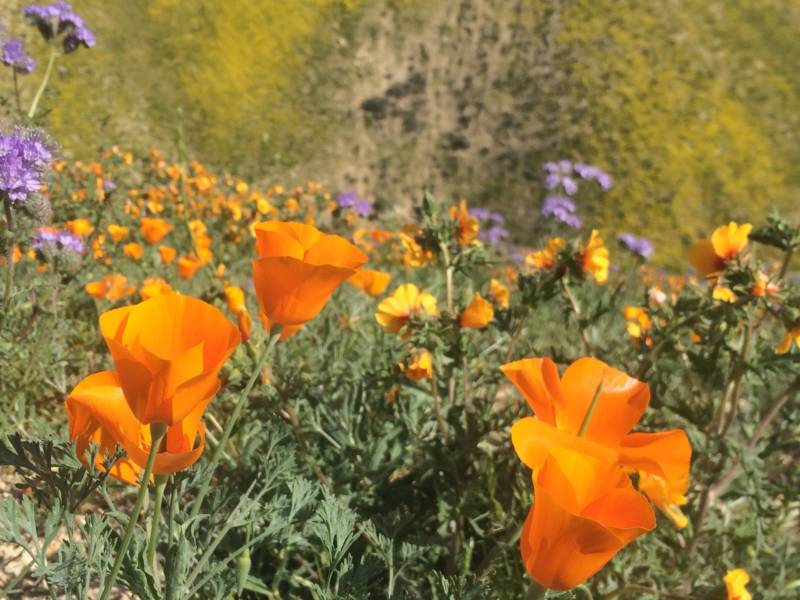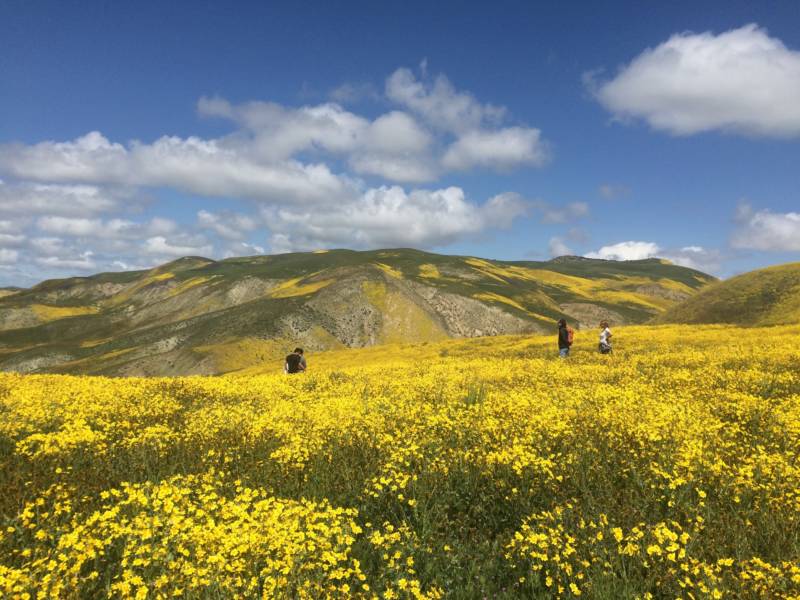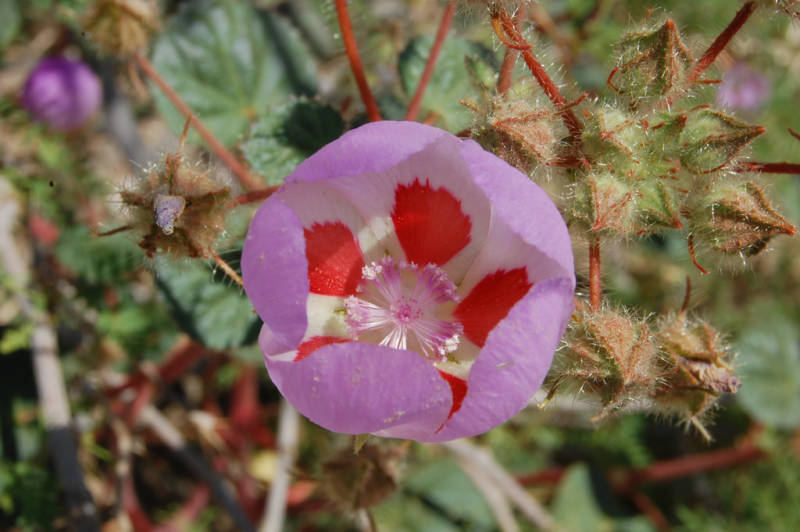California’s wet and rainy winter is getting both wildflower experts and enthusiasts excited about the potential of another “super bloom” this spring.
California’s last super bloom, in the spring of 2017, was spectacular. I can tell you from experience because I was one of the thousands of people who traveled to Carrizo Plain National Monument in the Central Valley to see it. There, I saw the most Instagram-able mountainsides and valleys blanketed with vibrant orange, bright yellow and deep violet wildflowers.
The reason we got that super bloom? Lots and lots of rain — about 150 percent more than normal, according to Richard Minnich, a professor of earth sciences at UC Riverside.
Here’s the bad news: the precipitation we’ve had so far this year is not quite enough, yet.
“Right now we’re right at normal or slightly above,” Minnich said. “So it’s looking promising, and we could really get up there in terms of total rainfall.”

Super blooms are typically rare ecological events, Minnich said; the last one to occur before 2017 was in 2009. Besides needing boatloads of rain, a massive wildflower bloom also requires years of drought that kill off invasive European grasses and weeds, leaving less competition for California’s native flowers.


